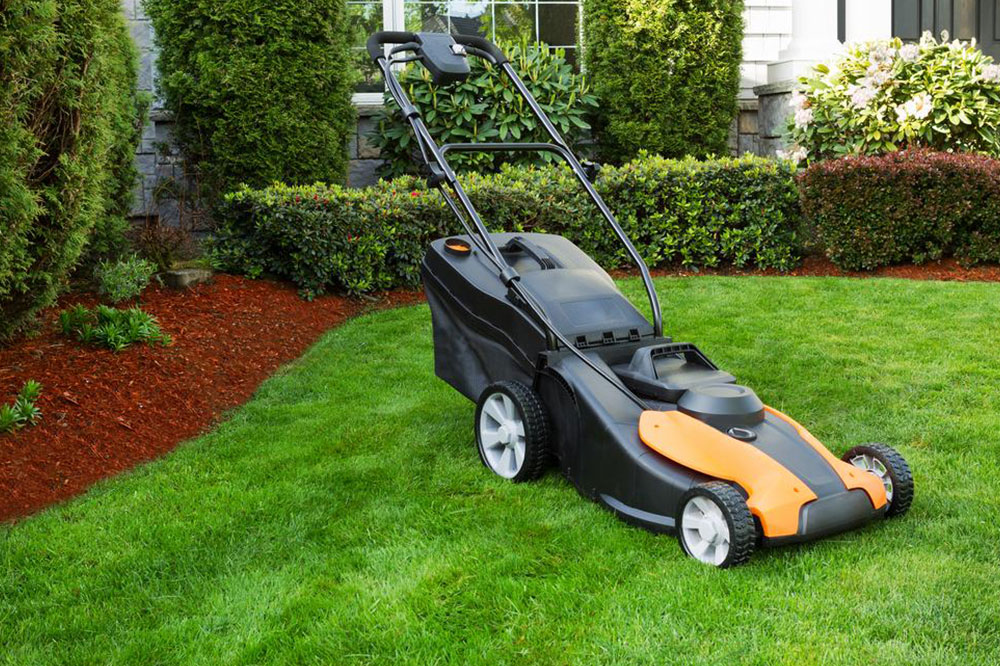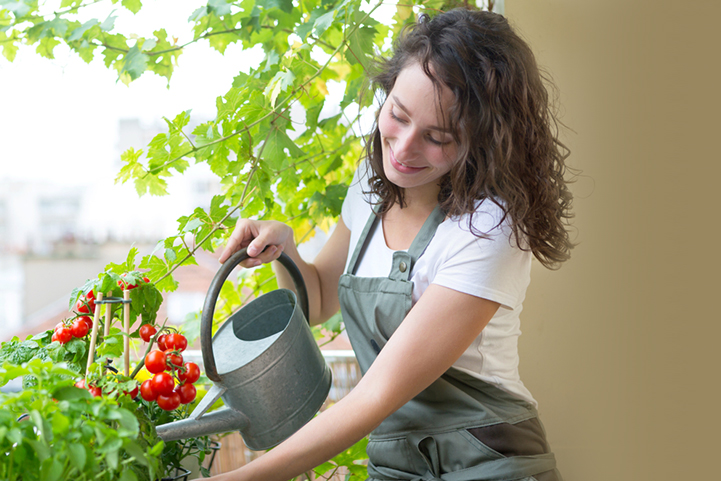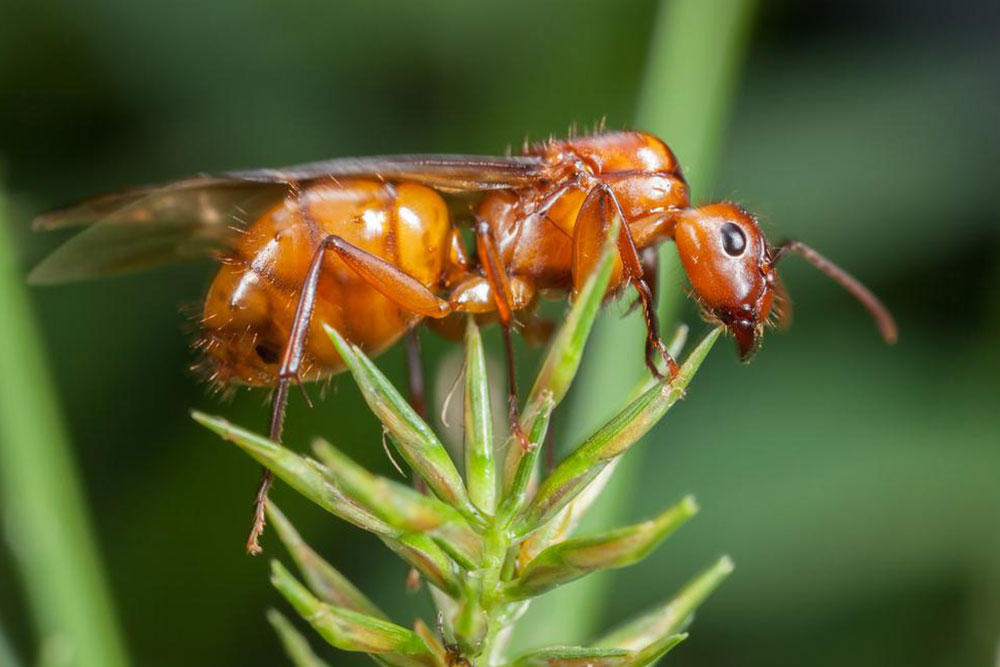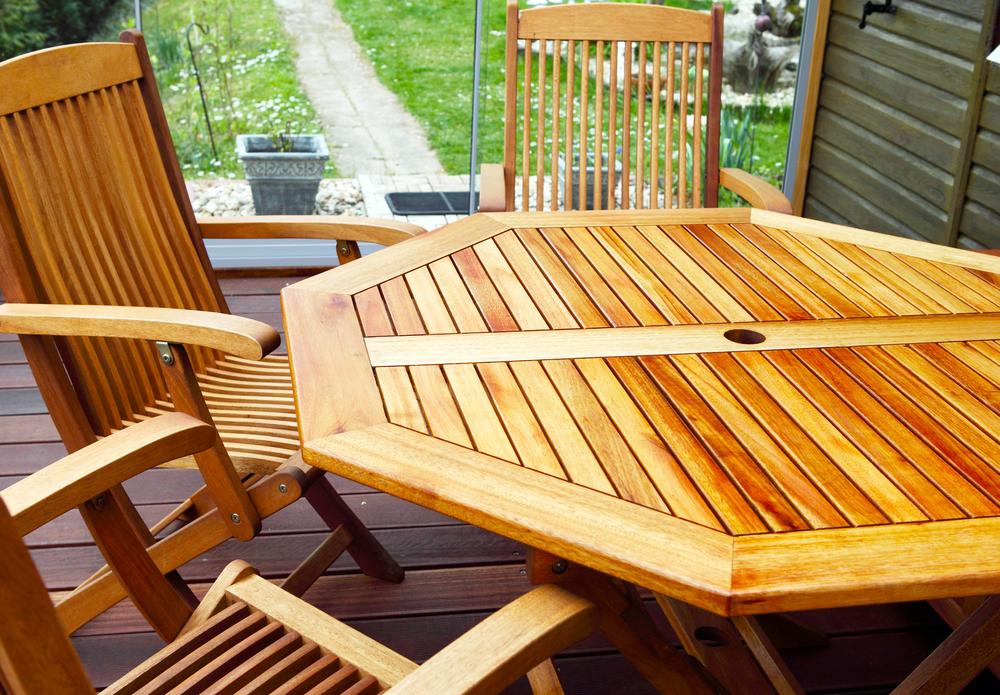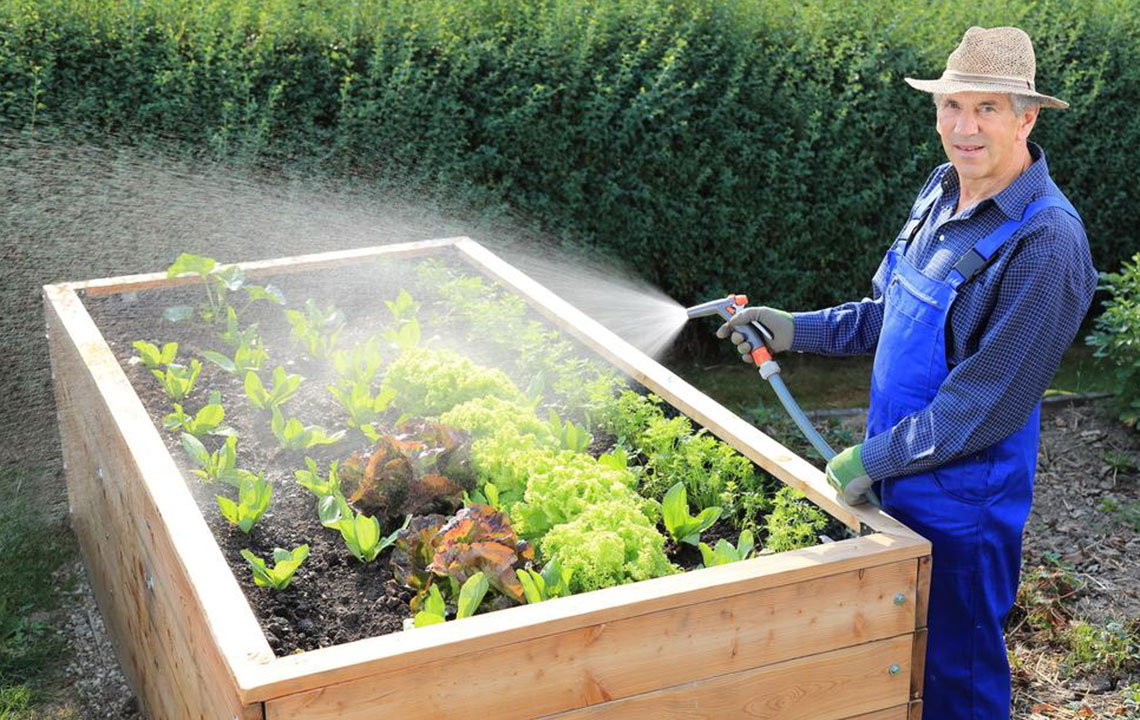Essential Guide to Gardening and Landscape Design
This comprehensive guide covers essential aspects of gardening and landscape design, including plant selection, soil preparation, pest management, tools, and lighting. It provides practical tips for creating and maintaining beautiful outdoor spaces, whether in gardens or urban landscapes. Learn about different plant types, landscaping styles, and lighting options to enhance your outdoor environment effectively and sustainably.
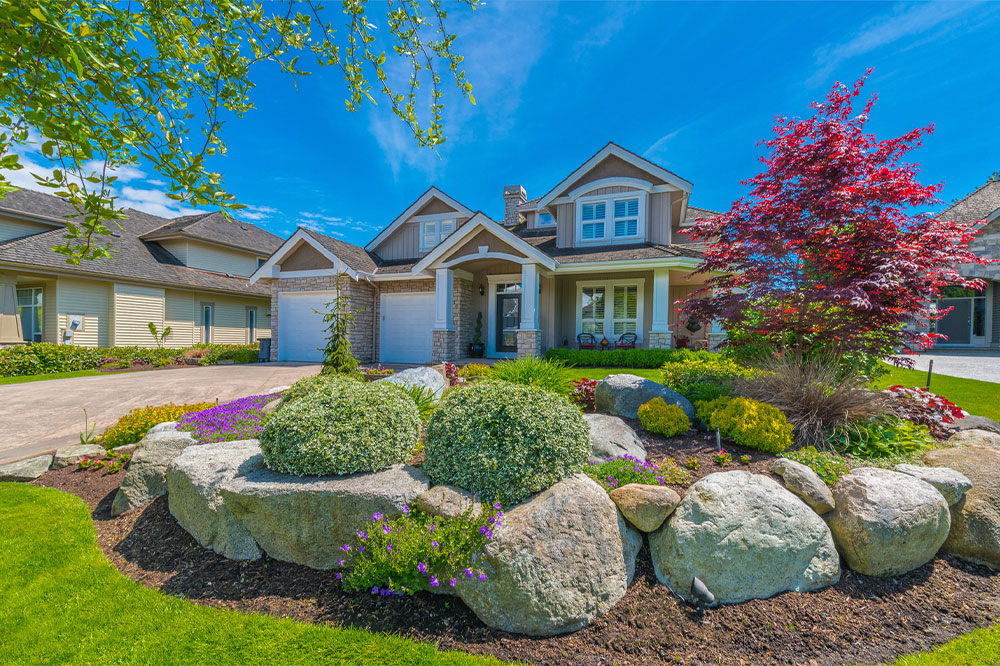
Essential Guide to Gardening and Landscape Design
Gardening and landscape design encompass the art of cultivating, maintaining, and shaping plants and turf within specified outdoor areas. This process involves not only planting but also planning and managing outdoor spaces with trees, shrubs, flowers, and other greenery. Gardening can be done through container planting, groundcover, or flower beds, while landscaping focuses on arranging and maintaining these elements for aesthetic appeal and functionality. Proper selection of plants, soil preparation, and ongoing care are vital components of successful gardening and landscaping projects.
Key plant categories and varieties
The success of your garden depends on choosing suitable plants based on climate, soil, and design goals. Plant types include:
Annuals – Complete their life cycle within a year, offering vibrant blooms; examples are impatiens, pansies, and petunias.
Perennials – Live multiple years, requiring some initial care; such as lilacs, roses, and daffodils.
Trees – Tall, long-lived plants like maples, oaks, and sycamores that provide shade and structure.
Shrubs – Smaller plants, 3-6 feet tall, adding color and texture; examples include boxwoods, viburnums, and rosemary.
Groundcover plants stay close to the ground, protecting soil and enriching visual appeal. Popular options include creeping thyme, heather, and lily-of-the-valley.
Planting and maintenance tips
Successful gardening involves soil preparation, such as adding compost and water before planting. Regular watering, fertilization, weed removal, and debris cleanup ensure healthy growth. Proper fertilization, tailored to each plant's needs with appropriate nutrient formulas, is essential. Fertilize bi-monthly during active growth periods and adjust for dormancy. Pruning helps maintain plant health and shape, promoting robust growth and better flowering.
Pest management strategies
Pests like caterpillars pose threats to garden plants. Use environmentally friendly pesticides targeting specific pests, and incorporate natural predators or pest-repelling plants, such as marigolds or neem, to keep pests in check. Monitoring and early intervention are key to pest control.
Essential gardening tools
Basic tools include a garden rake for debris clearance, a hoe for aerating soil, a spade for digging, and a trowel for precision planting and soil smoothing. These tools are fundamental for efficient garden maintenance.
Different landscaping styles
Landscaping involves designing outdoor areas with various methods, from natural stone and soil arrangements to artificial turf and container gardens. Planning is crucial, whether creating a classic landscape architecture with water features and terracing or a contemporary urban garden with small patios and potted plants.
Landscape architecture – Designing outdoor spaces with techniques like planting layouts, terracing, and feature installations.
Groundcover use – Low-growing plants that stabilize soil and add visual interest.
Container gardening – Growing plants in pots for versatility and easy maintenance.
Urban gardening – Small-scale planting in city environments, utilizing window boxes, patios, or small plots.
Lighting options for outdoor spaces
General outdoor lighting brightens large or busy gardens, ensuring visibility without highlighting specific plants. Task lighting offers focused illumination on particular areas, like flower beds or pathways, and provides brighter light. Proper lighting enhances safety and highlights landscape features, making outdoor spaces inviting at night.
Careful planning of garden and landscape projects involves defining your vision, assessing existing spaces, understanding regional climate, and selecting suitable plants and materials. Gathering knowledge on plant varieties, soil types, and maintenance requirements helps create a thriving outdoor environment. Once prepared, you can confidently begin planting and designing your ideal garden or landscape.

